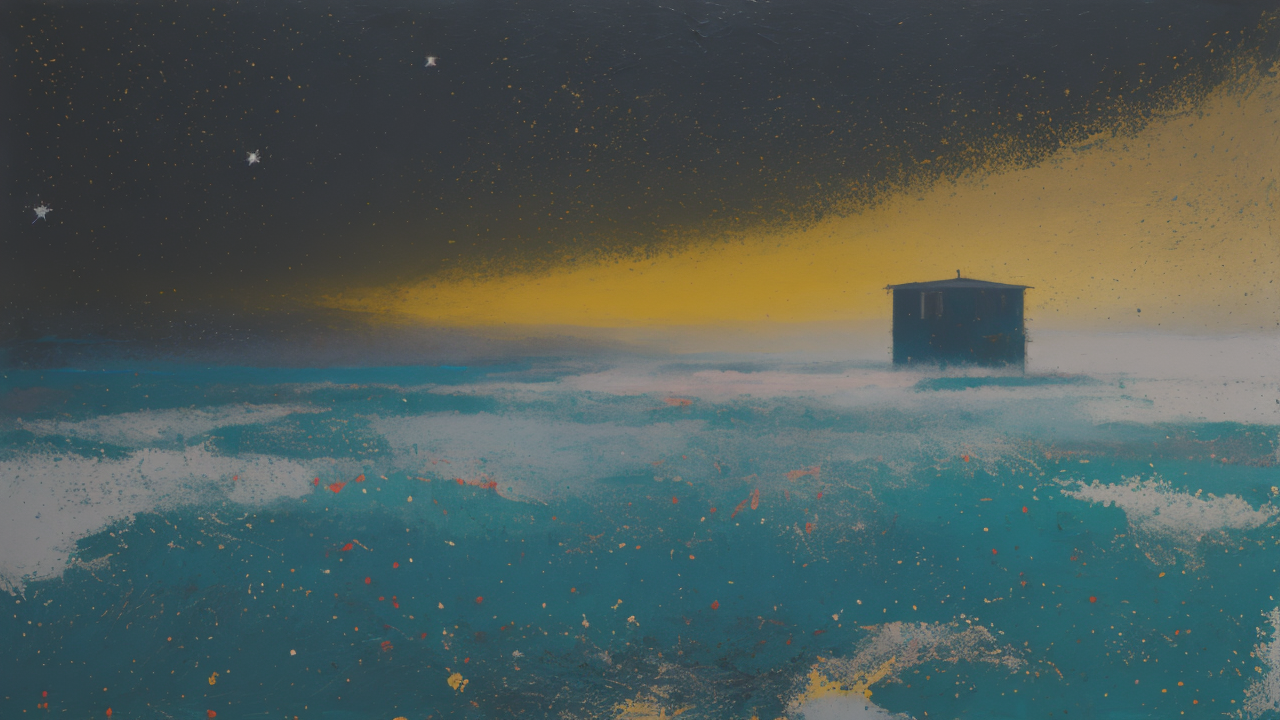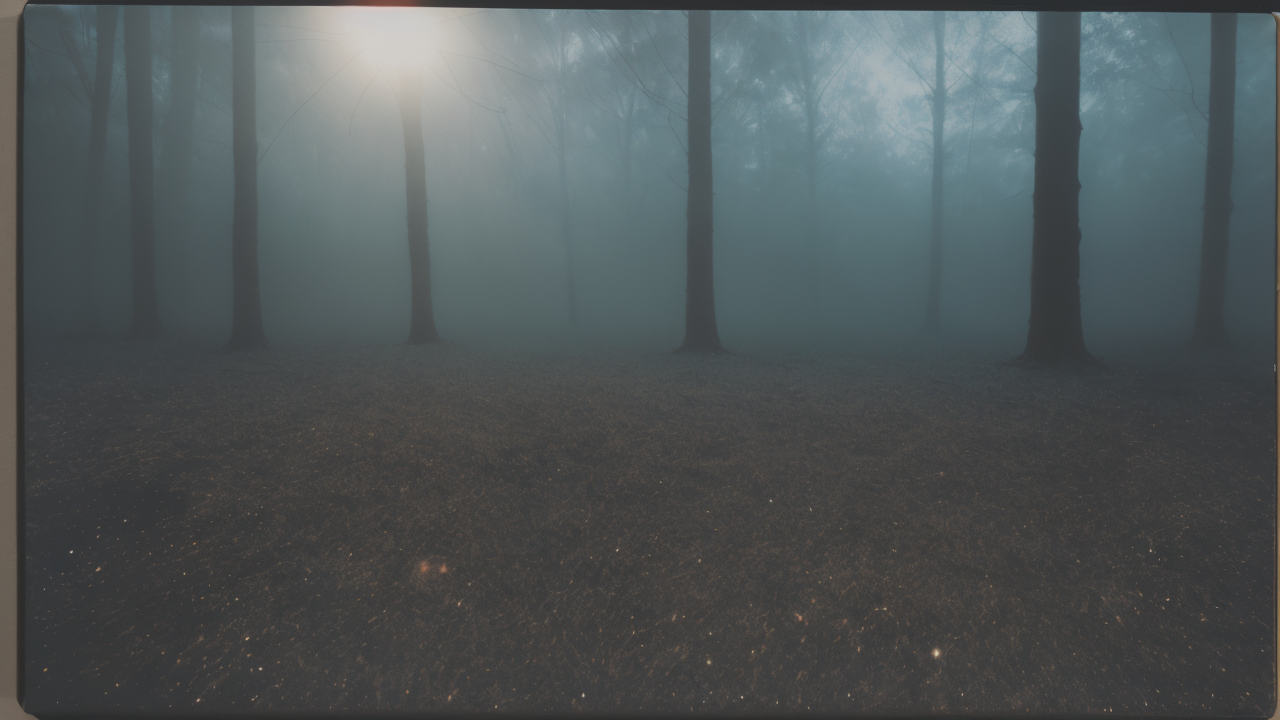
Texture in Art: A Deep Dive into Multidimensional Painting Techniques
Understanding the Role of Texture in Oil Painting Techniques
Exploring the Impact of Surface Texture on Visual Appeal
Texture in oil painting plays a crucial role in creating visual interest. It adds depth and dimension to artworks. Rough textures can create a sense of energy or movement. Smooth textures often convey calmness or elegance. Artists use texture to guide the viewer's eye across the canvas. It can highlight specific areas or create contrast between elements. Texture also affects how light interacts with the painting. This can create interesting shadows and reflections. By varying texture, artists can create focal points in their work. Texture can also evoke different emotions in viewers. For example, a rough texture might feel more dramatic. A smooth texture could feel more peaceful. Understanding texture helps artists create more engaging paintings.

The Interplay Between Texture and Color in Oil Paintings
Texture and color work together to create stunning oil paintings. The texture can enhance or mute colors. Rough textures often make colors appear more vibrant. Smooth textures can make colors seem softer or more blended. The way light hits textured surfaces can change color perception. This interplay can create depth and atmosphere in a painting. Artists can use texture to blend colors or create clear boundaries. Texture can also affect how we perceive the temperature of colors. For instance, a rough texture might make warm colors feel more intense. Smooth textures can make cool colors feel more serene. By mastering this interplay, artists can create more nuanced and expressive works.
Techniques for Achieving Desired Texture Effects
Artists have many techniques to create texture in oil paintings. The impasto technique uses thick layers of paint for bold textures. Dry brush technique creates rough textures with minimal paint. Glazing involves thin, transparent layers for smooth textures. Palette knives can create unique textures and patterns. Artists can add materials like sand or fabric for extra texture. Sgraffito involves scratching through wet paint to reveal layers beneath. Layering different textures can create complex, interesting surfaces. Brush choice and stroke direction also affect texture. Some artists use unconventional tools like sponges or combs. Experimenting with these techniques helps artists find their unique style.
The Evolution of Oil Painting in the United States: Embracing Texture
Historical Overview of Oil Painting Innovations
Oil painting in the US has seen significant changes in texture use over time. Early American painters often used smooth, precise techniques. The Hudson River School introduced more textured landscapes in the 1800s. Impressionism brought looser brushstrokes and visible texture to American art. Abstract Expressionism in the mid-1900s embraced bold, textured surfaces. Pop Art experimented with flat textures and new materials. Each era added to the textural vocabulary of American oil painting. Contemporary artists continue to push boundaries with mixed media. Digital tools now allow for new ways to plan and create texture. This evolution shows how texture has become central to artistic expression in oil painting.

Major American Oil Painters and Their Textural Techniques
Many American artists are known for their unique approaches to texture. Jackson Pollock created intricate textures with his famous drip technique. Willem de Kooning used thick, expressive brushstrokes in his abstract works. Georgia O'Keeffe employed smooth blending in her iconic flower paintings. Mark Rothko created subtle textures with thin layers of color. Jasper Johns incorporated everyday objects for textural interest. Helen Frankenthaler's soak-stain technique created unique, fluid textures. These artists show the diverse approaches to texture in American art. Their methods continue to inspire contemporary painters. Each found ways to use texture to enhance their artistic vision and style.
Current Trends in Oil Painting Textures and Technologies
Modern oil painting embraces both traditional and innovative texture techniques. Digital tools now help artists plan textures before painting. 3D printing can create unique textured surfaces on canvases. Some artists incorporate unconventional materials like plastic or metal. Eco-friendly texturing agents are becoming popular among environmentally conscious painters. There's a growing interest in combining oil paint with other mediums. Virtual reality is being used to create immersive, textured paintings. Some artists explore micro-textures visible only up close. Others create macro-textures that dominate the entire canvas. These trends show that texture remains a vibrant area of exploration in oil painting.
Implementing Texture in Modern Oil Paintings: Tips and Best Practices
Choosing the Right Texture for Your Oil Painting
Selecting the appropriate texture is crucial for your oil painting's success. Consider your subject matter and the mood you want to convey. Smooth textures work well for portraits or serene landscapes. Rough textures can add drama to seascapes or abstract works. Think about the overall composition and where texture can add interest. Experiment with different tools to achieve various textures. Don't be afraid to mix textures within a single painting. Remember that texture can guide the viewer's eye, so use it strategically. Always consider how texture will interact with your color choices. Practice on small studies before applying new textures to larger works. The right texture can elevate your painting from good to exceptional.

Step-by-Step Guide to Applying Texture to Your Canvas
- Prepare your canvas with gesso for better paint adhesion.
- Sketch your composition lightly with charcoal or pencil.
- Apply a base layer of paint to establish color and tone.
- Choose your texturing tools: brushes, palette knives, or found objects.
- Start with larger areas of texture, working from background to foreground.
- Use impasto technique for bold, raised textures.
- Apply thin glazes for subtle, smooth textures.
- Experiment with sgraffito for linear textures.
- Allow layers to dry between applications to prevent muddying.
- Step back often to assess the overall effect of your textures.
- Make adjustments as needed, adding or smoothing textures.
- Finish with a protective varnish once the painting is completely dry.
This process helps create a balanced and cohesive textured painting.
Maintaining Quality and Durability in Oil Painting Textures
Ensuring the longevity of textured oil paintings requires careful attention. Use high-quality paints and mediums to prevent cracking or fading. Avoid mixing too much solvent into thick paint layers. This can cause shrinkage and cracking over time. Allow sufficient drying time between layers, especially for impasto work. Consider the 'fat over lean' rule to prevent separation of layers. Use archival-quality canvas or board for a stable painting surface. Protect finished works from dust and UV light with proper varnishing. Store paintings in a controlled environment to prevent warping or mold growth. Regularly inspect your paintings for any signs of deterioration. With proper care, your textured oil paintings can last for generations. Remember that good technique during creation leads to longer-lasting art.


